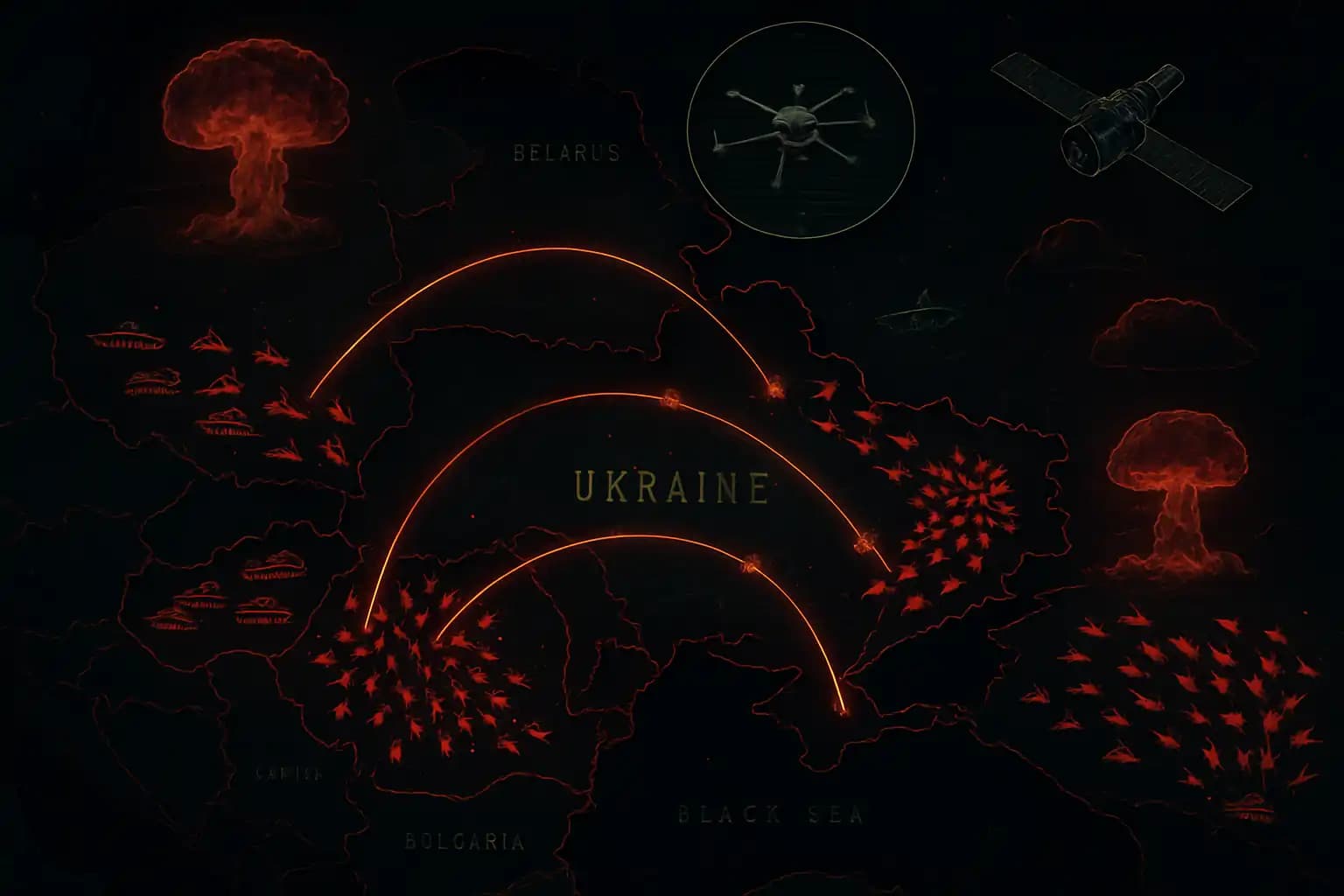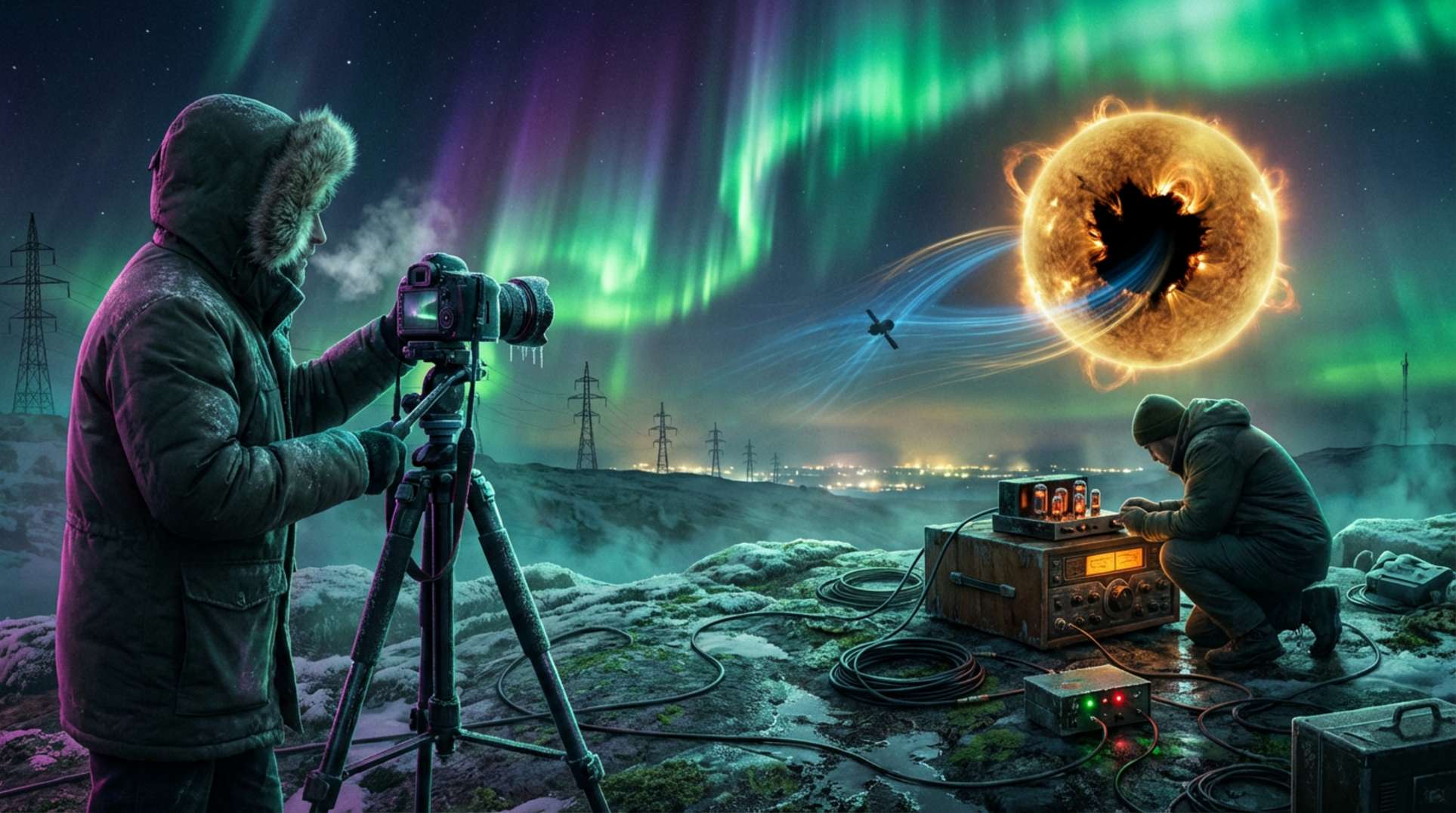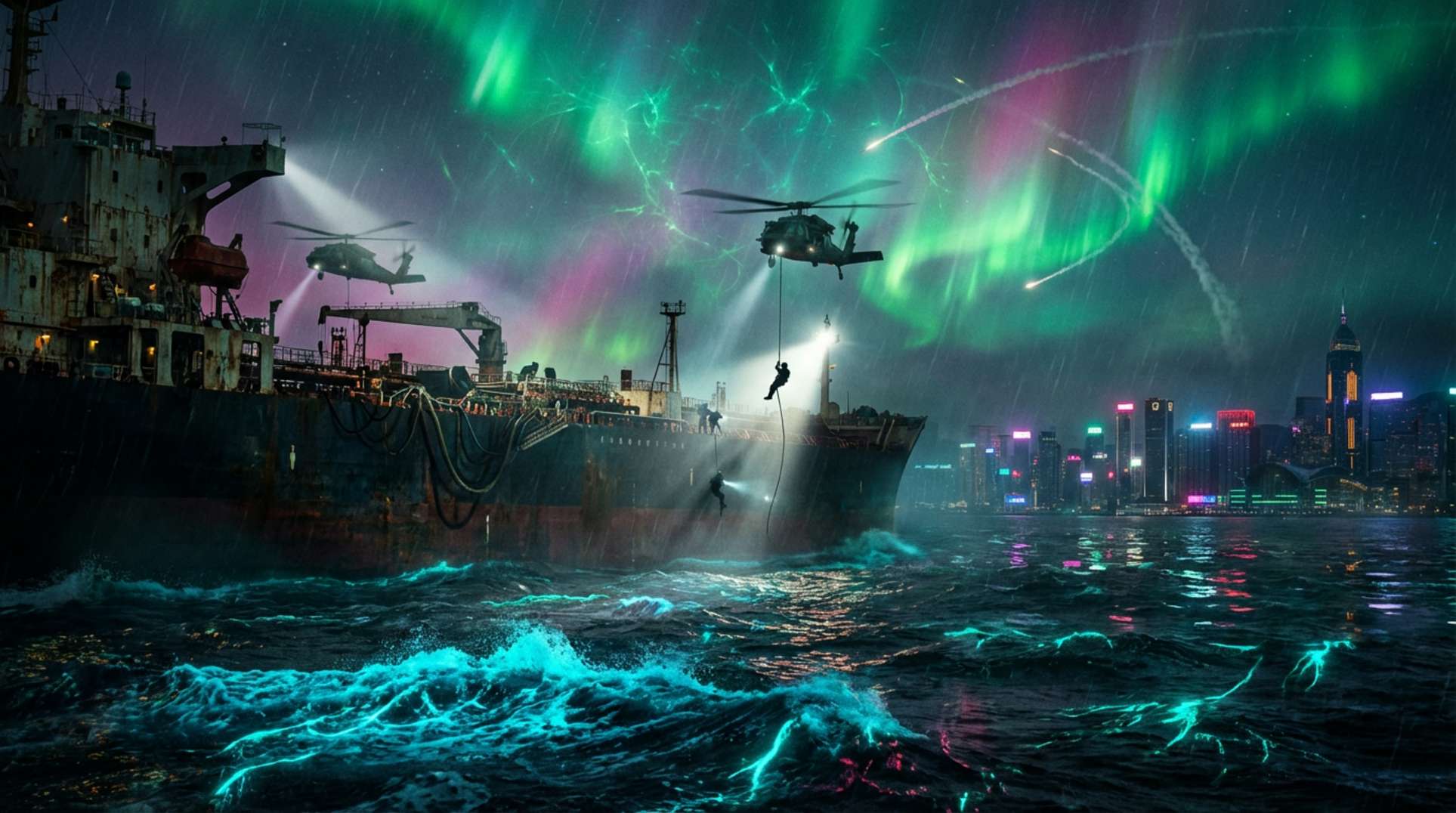This isn’t average news-cycle panic; it’s a genuine threat felt by the world’s military and intelligence communities. Recently, Russia sharply increased military operations, suggesting a prelude reminiscent of World War III scenarios (PBS analysis). Veteran U.S. officials warn of “the worst Russian bombardments since the invasion began.” Massive troop buildups and aerial attacks suggest escalation rather than de-escalation, signaling a dangerous new phase ahead.
Eastern Europe hears echoes of Cold War brinkmanship. The once-theoretical threat of World War III now dominates headlines. After a decade of simmering conflict, many view a new Russian offensive as a red line that could pull outside powers into the fray, especially if Putin feels threatened or emboldened by Western silence. This involves real military assets—boots, missiles, and armor.
Russia’s Playbook: From Bombardment to Mobilization
The pattern follows a textbook escalation. Reports indicate Russia has gathered over 50,000 additional troops near Ukraine’s northern border (Reuters report), launching intense missile and drone barrages against civilian and military targets (BBC coverage). President Zelensky labeled this the “largest aerial attack yet.” Military strategists believe these actions are not mere saber rattling, as they closely align with historic war mobilization patterns and offensive doctrines emphasized during the Cold War.
The West’s policy response remains soft, relying on contentious arms aid. Diplomats caution against “encouragement by silence,” warning that overlooking danger invites disaster. This thinking echoes lessons from previous global crises, including recent risk surge warnings and investigations into war triggers. Meanwhile, Russia’s leadership interprets every Western hesitation as a signal to escalate.
Create a Buffer, Strike Hard: Russia’s “New Offensive” Strategy
NATO intelligence and open-source analysis indicate that Putin’s generals focus on creating an operational “buffer zone.” The strategy aims to advance so deeply that negotiations become irrelevant or occur under Russia’s favorable conditions. Tactics outlined in this National Security Journal assessment warn of massive escalation risks. If fronts stabilize, both sides must fight for existential stakes, rendering previously unthinkable options (like tactical nuclear weapons or cyber shutdowns) plausible.
This blueprint for global conflict has historical precedents. As described in others’ nuclear escalation analyses and studies of catastrophic scenarios (the history of nuclear fears), war can trigger swift unraveling of deterrence models—leaving diplomacy vulnerable to overwhelming artillery and chaos.
Global Tremors: How the World Reacts to Superpower Brinkmanship
An escalating Russian assault would impact the world beyond eastern Europe. Global supply lines, cyber infrastructure, and financial markets stand at increased risk. NATO is quietly enhancing readiness, casting anxious glances towards Chinese military advancements that could complicate the situation. This tension ripples through doomsday simulations and anxiety-fueled business continuity exercises, as illustrated in these hypothetical scenarios.
The stakes are high—the “collapse of modern civilization or human extinction,” as cited by historians on Wikipedia. This isn’t fearmongering; it’s about acknowledging that prolonged standoffs breed mistakes and miscalculations. Reports of autonomous drone swarms, AI-guided missiles (AI proliferation report), and covert cyber operations indicate new dimensions for conflict are emerging.
The Road Ahead: Deterrence, Diplomacy, or Détente?
Can we find a way out of this escalating situation? Some argue mutually assured destruction serves as a crucial deterrent against total war. Others contend that modern cyber-warfare techniques have loosened the reins on escalation. History shows that when rhetorical triggers fail, unintended war edges closer than leaders acknowledge.
For those monitoring this crisis—and for anyone curious about where global tensions might escalate—stay connected with Unexplained.co. In a world spiraling towards an arms race, today’s alarms could become tomorrow’s conflict map.





